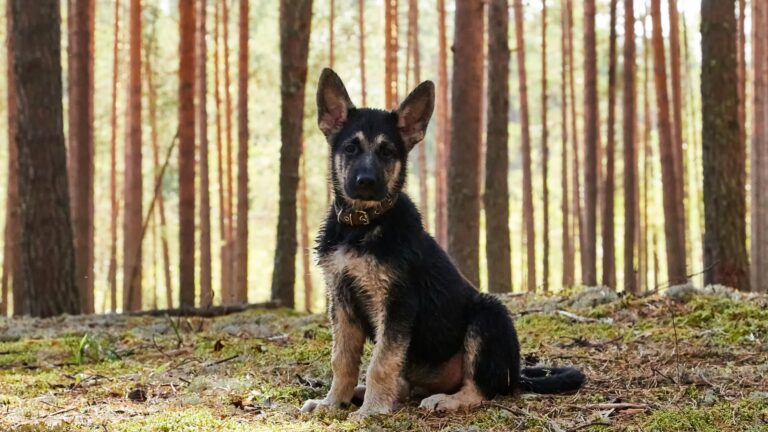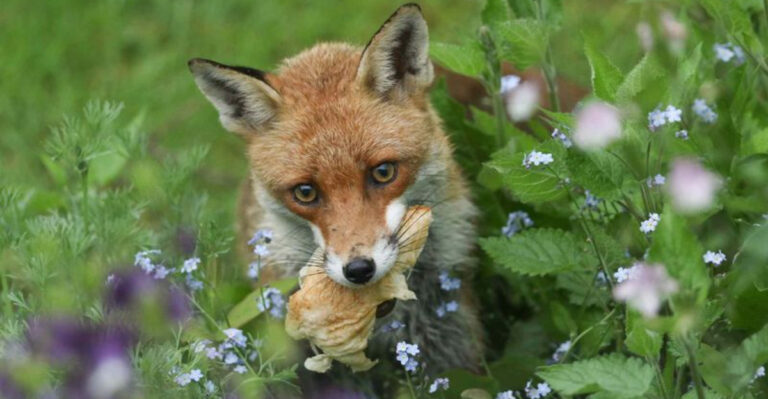14 Subtle Signs Your Horse’s Hooves May Be In Trouble

Your horse’s hooves are the foundation of their health and mobility. These remarkable structures bear enormous weight and absorb impact with every step.
Just like problems with a house foundation, hoof issues can lead to serious complications if left unaddressed. Recognizing early warning signs can save your horse from pain and help prevent costly veterinary emergencies.
1. Uneven Hoof Wear
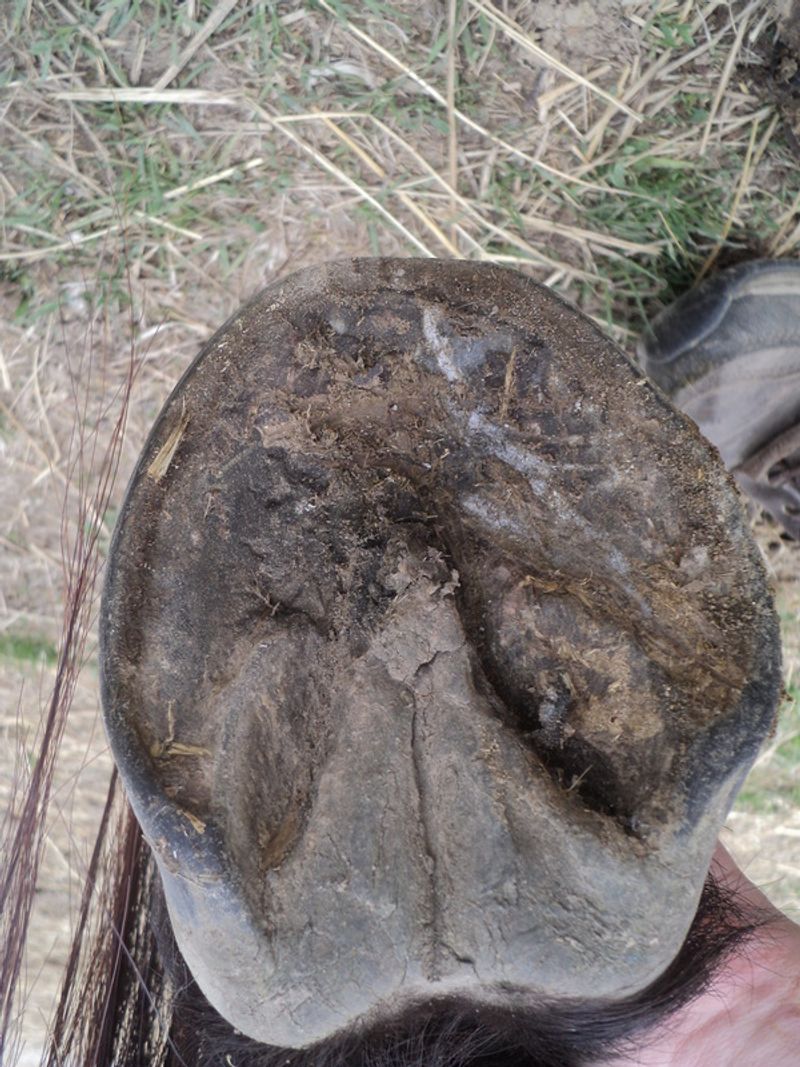
Watch for irregular wear patterns across your horse’s hooves. One side wearing down faster than the other isn’t just a trimming issue – it reveals how your horse distributes weight.
This imbalance can lead to joint stress and eventual lameness. Regular farrier visits should address this before it causes lasting damage.
2. Cracks Or Chips
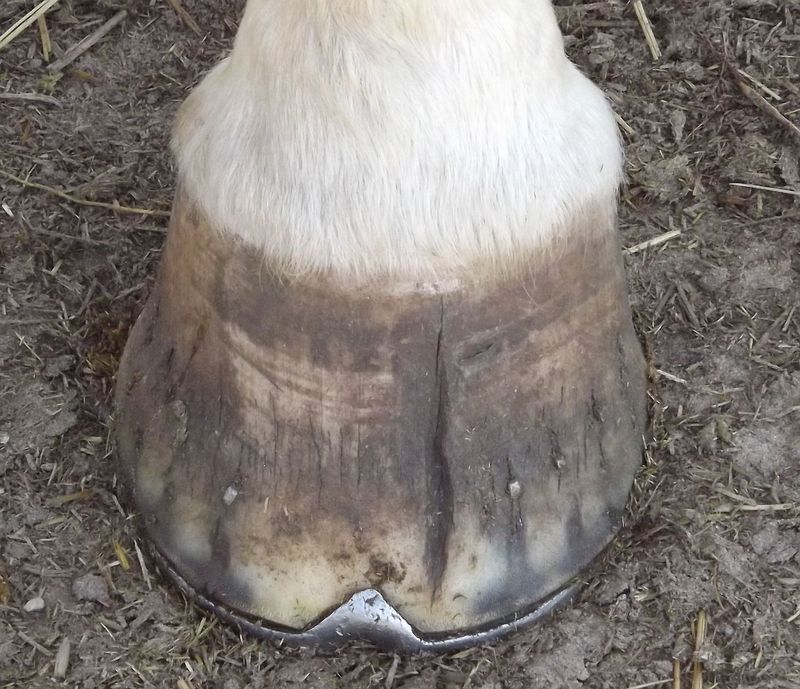
Those tiny vertical lines might seem harmless, but don’t be fooled. Small cracks can quickly become deep fissures that threaten your horse’s soundness and comfort.
Environmental factors like excessive moisture followed by dryness often trigger these warning signs. Address them early with proper nutrition and hoof care.
3. Soft Or Spongy Hoof Walls
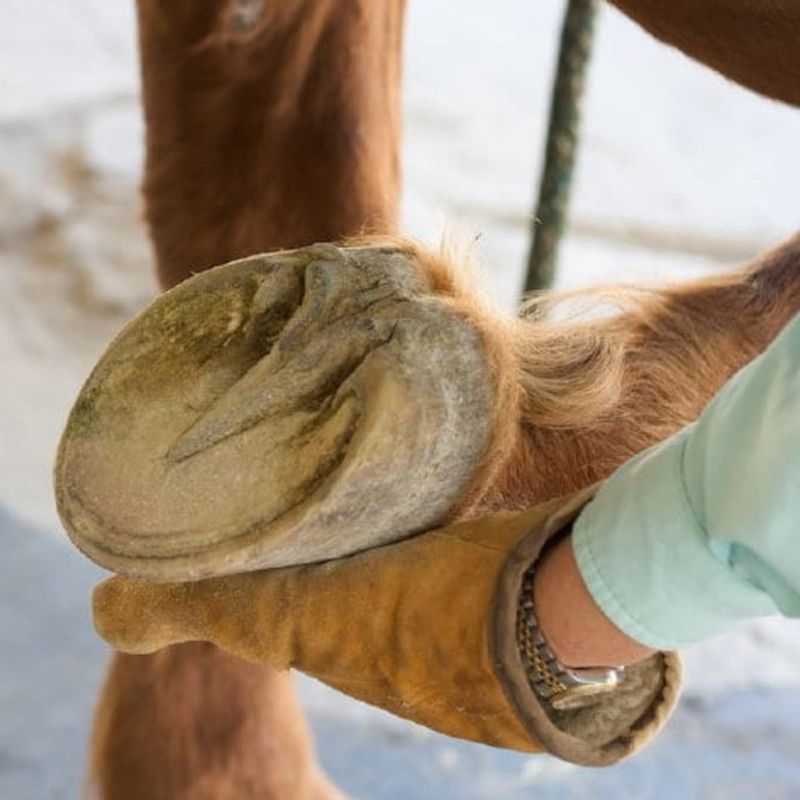
Healthy hooves should feel firm and solid to the touch. When hoof walls give under gentle pressure, something’s definitely wrong beneath the surface.
This sponginess often signals nutritional deficiencies or infection taking hold. Your horse needs immediate attention from both veterinarian and farrier to prevent deterioration.
4. Foul Odor
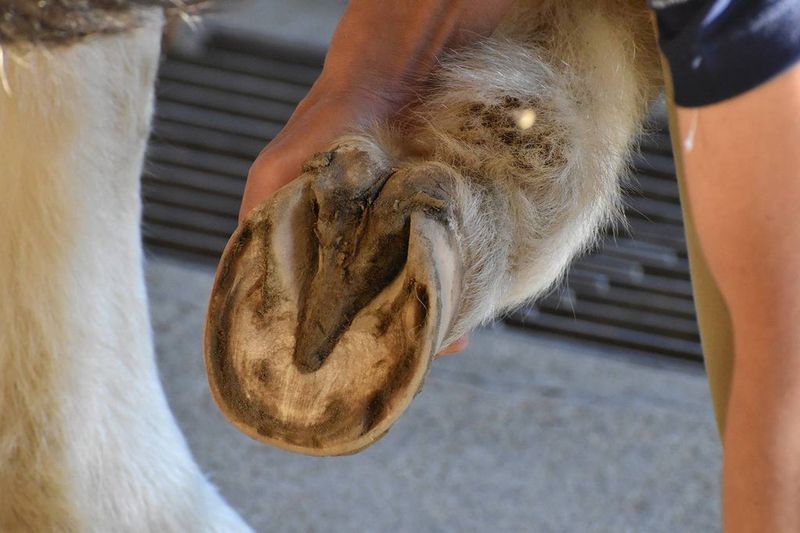
Your nose knows when something’s wrong! A healthy hoof shouldn’t smell bad. That distinctive rotten smell often indicates thrush – a bacterial infection thriving in damp conditions.
Check especially around the frog (the triangular pad on the underside). Prompt cleaning and treatment with anti-fungal solutions can quickly resolve early infections.
5. Sensitivity When Picking Hooves

A sudden flinch when you’ve never seen one before? Pay attention! Horses typically stand quietly during routine hoof cleaning unless something hurts.
This new sensitivity might indicate a hidden abscess forming or bruising from stepping on something hard. Gentle probing can help locate the painful area for targeted treatment.
6. Increased Heat In The Hoof
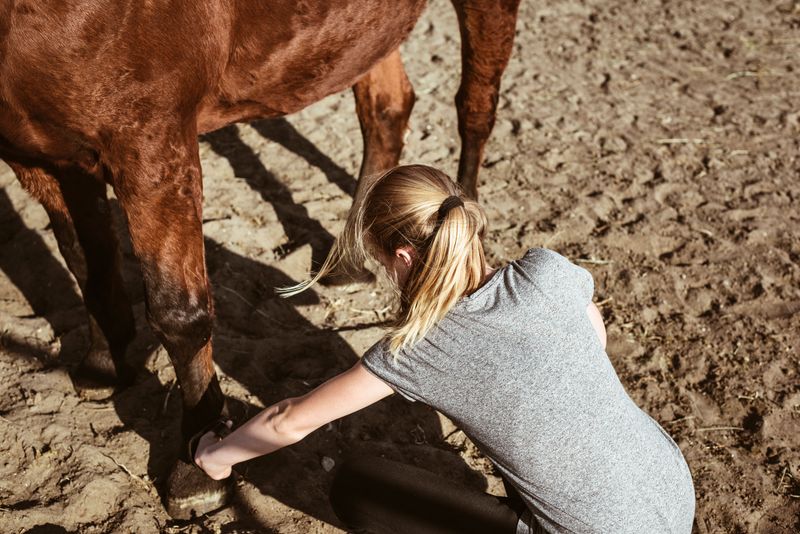
Run your hands down your horse’s legs regularly – you’ll learn what normal temperature feels like. Abnormally warm hooves compared to the others signal inflammation happening inside.
This heat could be the earliest warning of laminitis, a potentially devastating condition. Quick veterinary intervention can make all the difference in the outcome.
7. Reluctance To Walk On Hard Surfaces
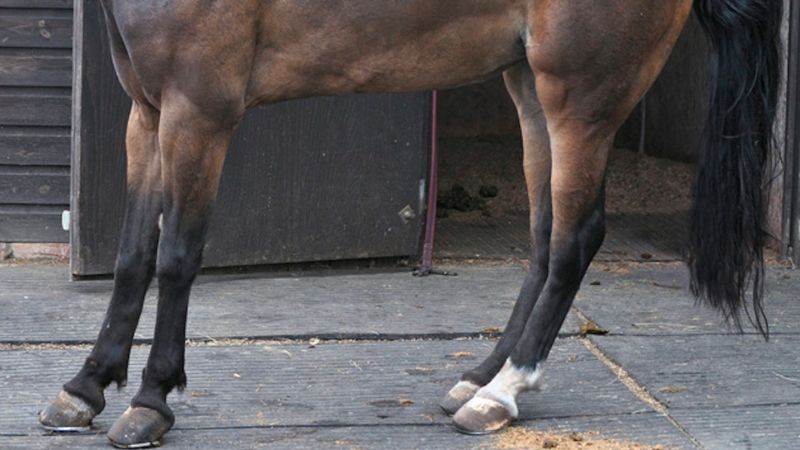
Notice your horse tiptoeing across gravel but moving freely on soft arena footing? That’s not just being picky about terrain.
Horses with thin soles or bruising will actively avoid hard surfaces that cause pain. Protective boots or pads might provide temporary relief while addressing the underlying cause.
8. Horizontal Rings Or Ridges

Unlike growth rings on trees, horizontal lines circling your horse’s hooves tell stories of stress. These ridges form when growth temporarily slows during illness, nutritional changes, or hormonal fluctuations.
Multiple prominent rings suggest recurring problems that need addressing. Monitor their progression as new hoof grows from the coronary band.
9. White Line Separation
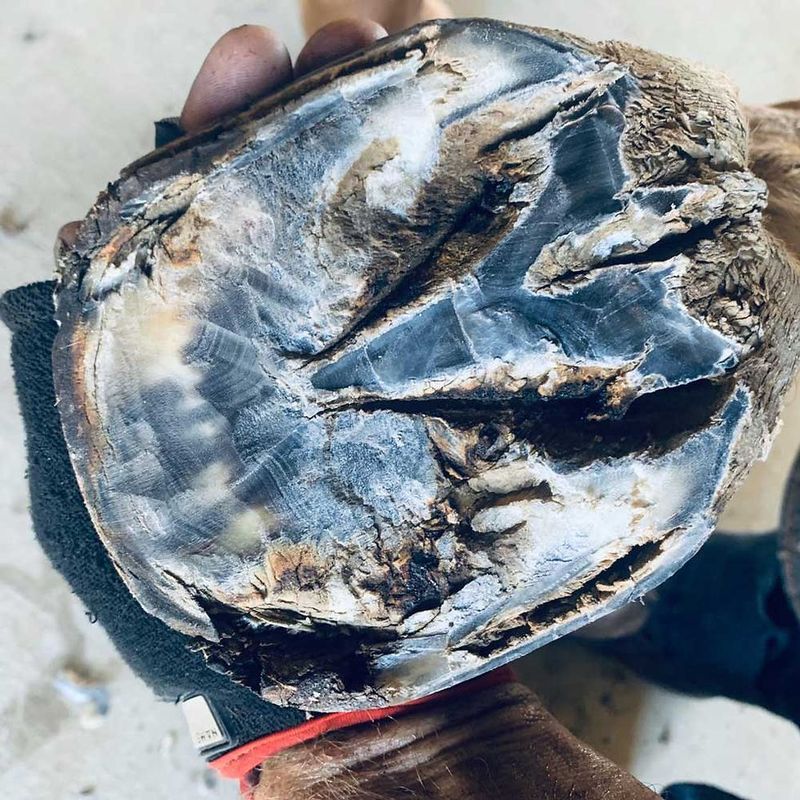
The white line isn’t actually white – it’s the crucial junction where hoof wall meets sole. When this area starts separating or widening, trouble follows fast.
This separation creates the perfect entry point for bacteria and debris. Left untreated, it can lead to white line disease or even founder, threatening your horse’s riding future.
10. Frog Deterioration
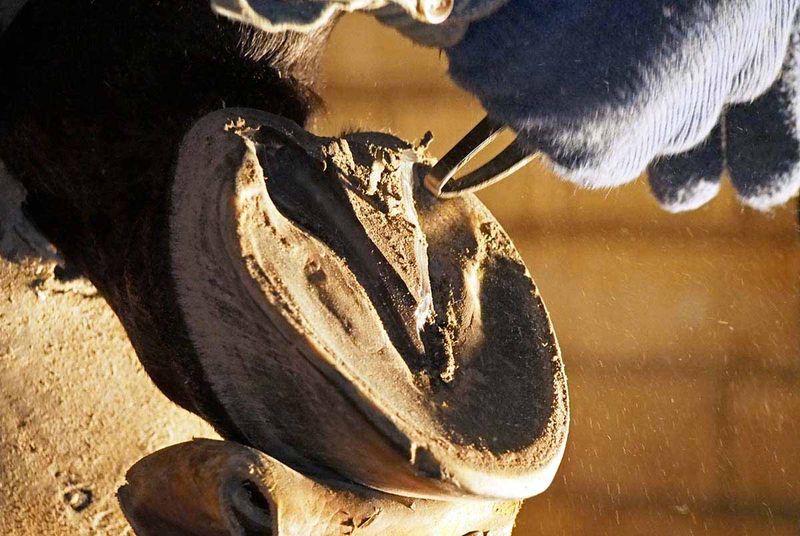
A healthy frog should be plump and rubbery, not shriveled or ragged. This crucial structure absorbs shock and helps blood circulation throughout the leg.
When the frog deteriorates, your horse loses natural cushioning and support. Environmental factors like excessive moisture or extreme dryness often contribute to this breakdown.
11. Short Stride Or Lameness
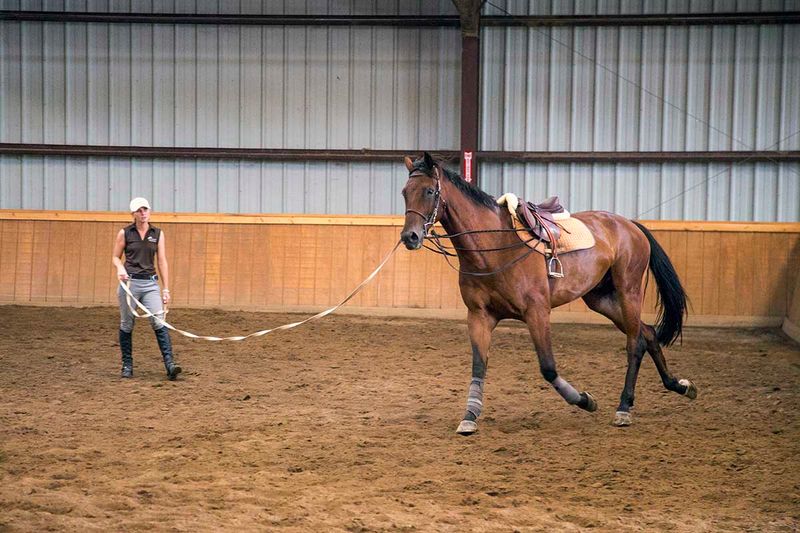
Long before obvious limping appears, subtle gait changes whisper warnings. Your horse might shorten stride length or show reduced animation when moving.
These changes often happen gradually, making them easy to miss. Video your horse regularly to compare movement over time – you’ll catch problems your eyes might overlook during daily interactions.
12. Constant Shifting Of Weight

Healthy horses stand squarely on all four legs, not constantly shuffling. The horse shifting from foot to foot isn’t being fidgety – it’s trying to find comfort.
This weight-shifting resembles how you might stand when your shoes hurt. Pay special attention if this behavior appears during grooming or standing in the crossties.
13. Unusual Growth Patterns

Marked differences in how quickly your horse’s hooves grow reveal important clues. The body naturally directs more resources to injured areas, causing faster growth.
Conversely, a hoof bearing less weight due to pain elsewhere will grow more slowly. Regular measurements between farrier visits can help track these subtle differences.
14. Difficulty Standing Still
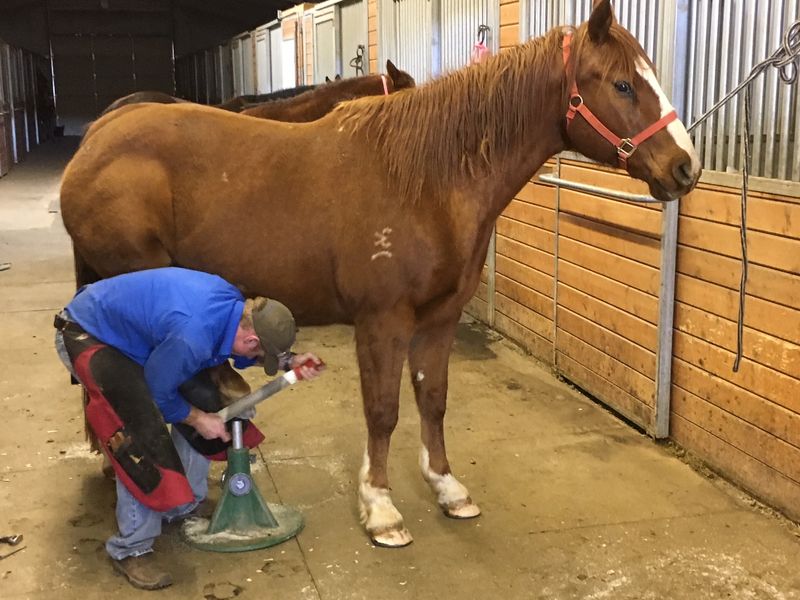
The horse that suddenly can’t stand quietly for the farrier isn’t being stubborn. This new restlessness often signals discomfort that intensifies when weight shifts to certain legs.
Observe whether the behavior appears consistently with specific feet. Addressing the underlying hoof issue will usually resolve the restless behavior naturally.

